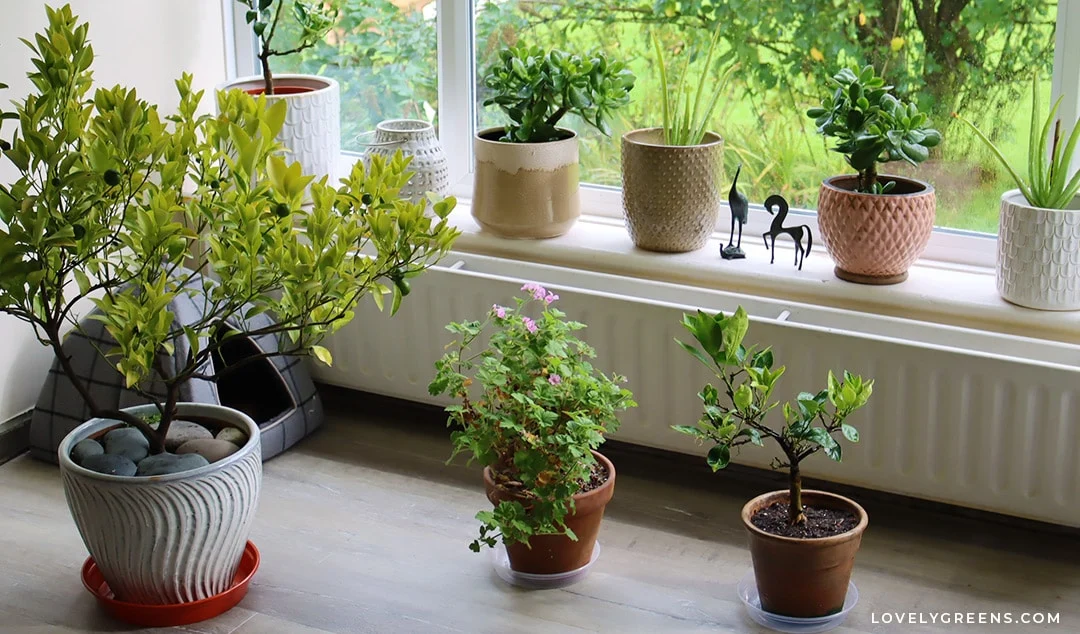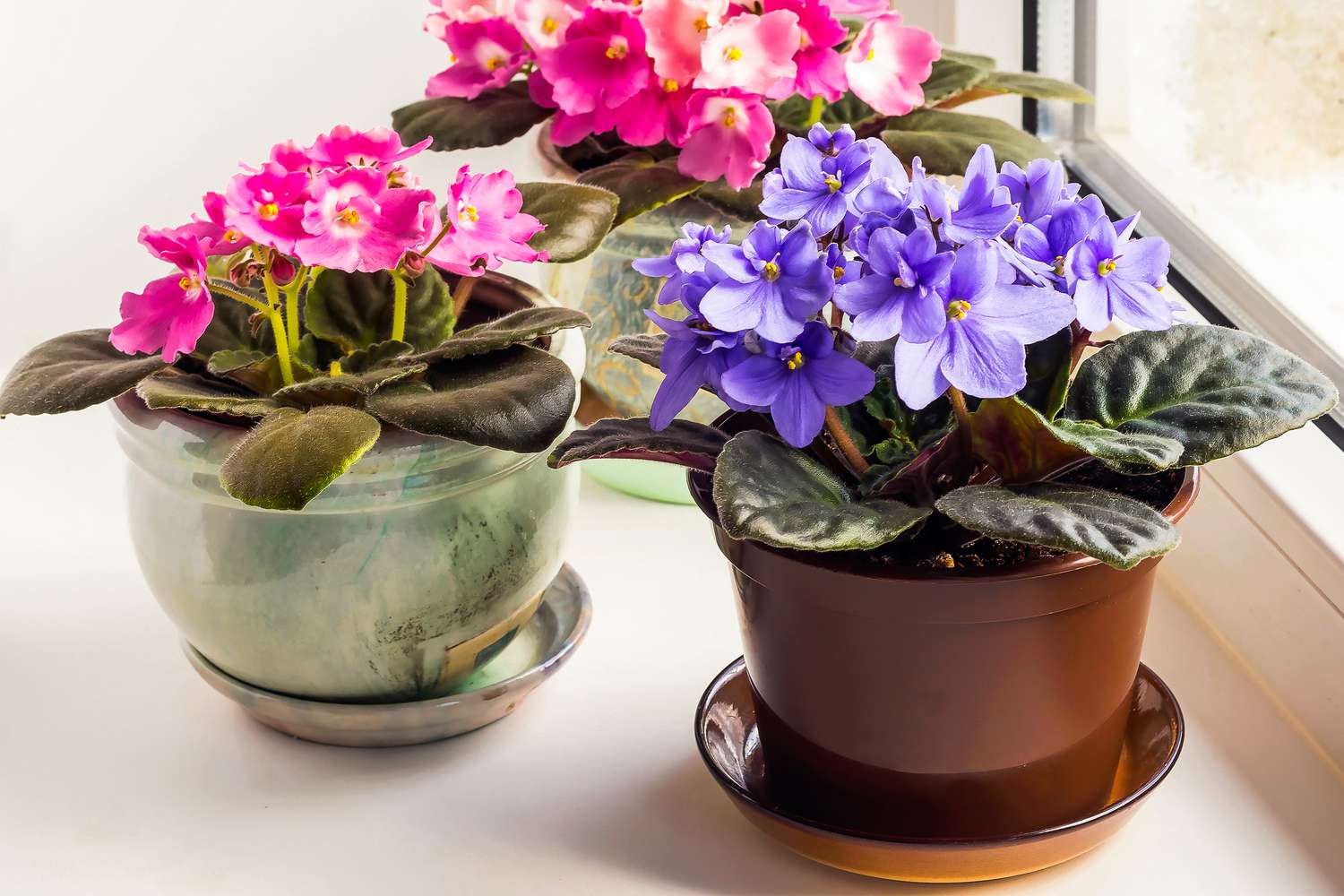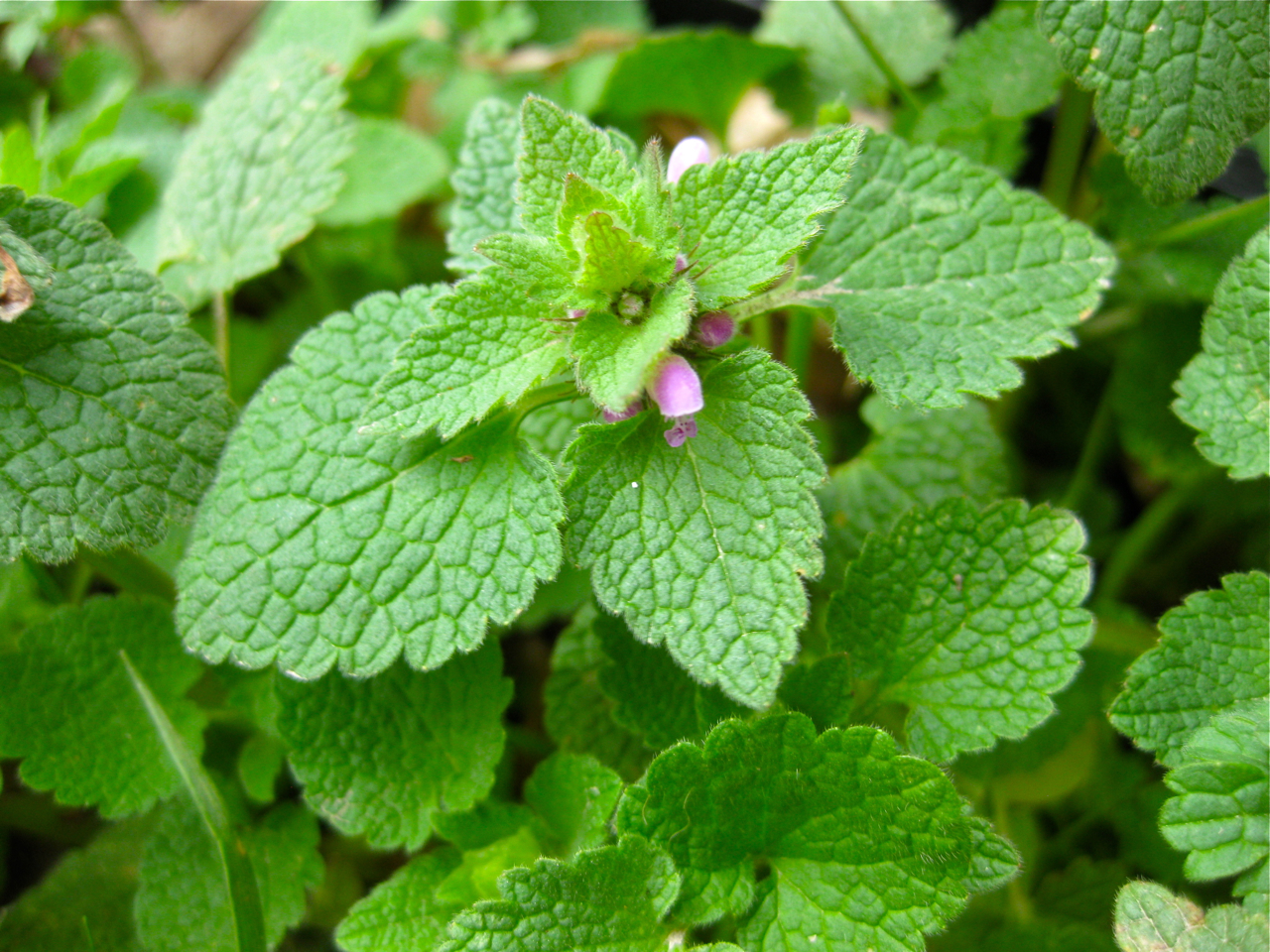Rooftop gardens in cities offer environmental benefits and enhance urban landscapes. These green spaces, located on top of buildings, contribute to better air quality, reduce the urban heat island effect, and provide habitats for local wildlife.
They also help lower energy costs, reduce stormwater runoff, and improve mental health by offering a serene escape amidst the city hustle. As urban areas continue to expand, rooftop gardens play a crucial role in making cities more sustainable and livable.
Implementing more rooftop gardens can enhance the well-being of city residents and contribute to a healthier and greener urban environment.
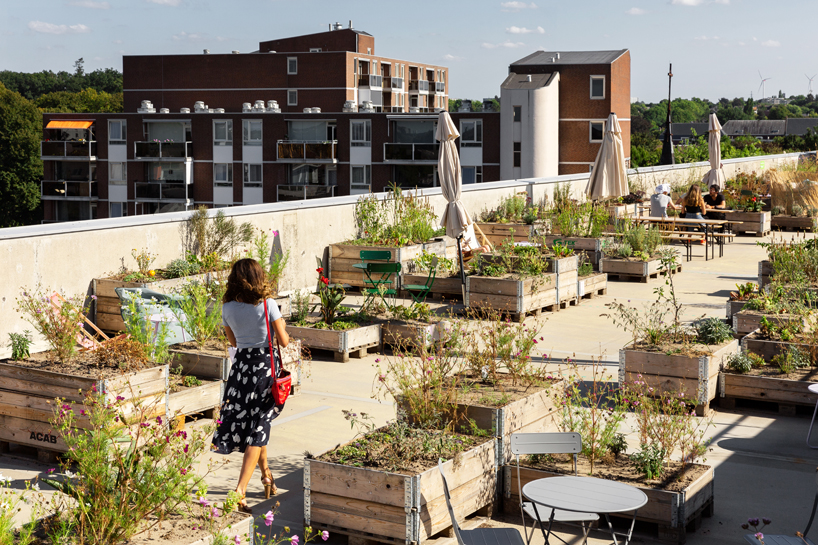
Credit: www.designboom.com
Benefits Of Rooftop Gardens
Rooftop gardens in cities offer numerous benefits that positively impact both the environment and the communities residing in urban areas. These green spaces not only enhance the aesthetic appeal of rooftops but also contribute significantly to creating a sustainable and healthier living environment.
Improving Air Quality
- Rooftop gardens absorb pollutants and release oxygen, improving the air quality in congested urban areas.
- The presence of vegetation helps filter out harmful particles and reduce the impact of air pollution.
Reducing the Urban Heat Island Effect
- Rooftop gardens help combat the heat island effect by providing natural cooling and reducing temperatures in cities.
- Plants and greenery on rooftops absorb heat and prevent heat retention, creating a cooler environment.
Designing A Rooftop Garden
Elevate urban spaces with rooftop gardens to incorporate greenery in cities, offering a serene escape and promoting sustainable living in a limited environment. Transforming rooftops into vibrant gardens adds aesthetic appeal, fosters biodiversity, and enhances the overall well-being of city dwellers.
Assessing Structural Capacity
Inspect the rooftop to confirm it can support the weight of a garden.
Selecting Appropriate Plants
Choose plants that thrive in limited soil and sun exposure conditions.
Ensuring Water Drainage
Install efficient drainage systems to prevent water accumulation.
Maximize space by utilizing vertical planters and raised beds,
- Consider the wind exposure and climate of the city
Select plants that are drought-resistant and require minimal maintenance,
- Incorporate native plants to support local ecosystem benefits
| Design Element | Importance |
|---|---|
| Vegetable garden boxes | Space-efficient and productive |
| Permeable pavers | Facilitates water drainage |
Creating Sustainable Rooftop Gardens
Transforming urban landscapes, rooftop gardens provide green spaces in cities. These sustainable gardens improve air quality, reduce the urban heat island effect, and promote biodiversity. Embracing environmentally friendly practices, rooftop gardens offer a vibrant and sustainable solution for urban areas.
Rooftop gardens in cities offer numerous benefits, from improving air quality to providing a peaceful urban oasis. However, it’s crucial to ensure that these green spaces are designed and maintained with sustainability in mind. By incorporating eco-friendly practices, such as rainwater harvesting and implementing green infrastructure, rooftop gardens can contribute to a greener and more sustainable urban environment.
Rainwater Harvesting
One way to create a sustainable rooftop garden is through rainwater harvesting. This process involves capturing and storing rainwater for later use in irrigation systems. By utilizing this abundant natural resource, rooftop gardens can reduce their reliance on traditional water sources, such as municipal supplies.
Implementing Green Infrastructure
Another essential aspect of sustainable rooftop gardens is the implementation of green infrastructure. This involves incorporating vegetation and natural elements into the design to provide environmental benefits. Green roofs, for example, use a waterproof membrane and vegetation layers to absorb rainwater, reduce stormwater runoff, and help regulate temperature.
By implementing green infrastructure practices, rooftop gardens can mitigate the urban heat island effect, decrease energy consumption, and promote biodiversity. Additionally, green roofs can insulate buildings, reducing the need for excessive heating and cooling, thus saving energy and reducing carbon emissions.
Here are some key features of creating sustainable rooftop gardens:
Rainwater Harvesting:
– Capture and store rainwater for irrigation
– Reduce reliance on traditional water sources
– Contribute to water conservation efforts
Implementing Green Infrastructure:
– Use green roofs to regulate temperature
– Absorb rainwater and reduce stormwater runoff
– Promote energy efficiency and decrease carbon emissions
Remember, creating sustainable rooftop gardens goes beyond aesthetics. By incorporating practices like rainwater harvesting and green infrastructure, these green spaces can contribute to a greener and more environmentally friendly urban landscape. So, let’s embrace these sustainable practices and transform our rooftops into vibrant and eco-friendly havens.
Community Engagement And Rooftop Gardens
When it comes to urban planning and sustainability, rooftop gardens have become a valuable asset in enhancing community engagement. These green spaces not only contribute to environmental wellness but also promote social interaction and educational opportunities.
Promoting Social Interaction
Rooftop gardens serve as communal spaces that allow residents to connect, collaborate, and form meaningful relationships in an urban setting. By providing a tranquil environment amidst city life, these gardens foster conversations, friendships, and a sense of belonging among community members.
Educational Opportunities
Rooftop gardens present a unique platform for educational activities, enabling local schools, organizations, and residents to participate in workshops, demonstrations, and hands-on experiences related to sustainable living, horticulture, and environmental stewardship. These spaces offer valuable learning experiences and promote environmental awareness in an urban context.
Case Studies Of Successful Rooftop Gardens
The High Line, New York City
The High Line in New York City is a game-changing example of urban green space utilization.
It transformed an abandoned elevated railway track into a thriving public park.
By incorporating native plants and artistic installations, it has become a popular attraction
for both locals and tourists.
Garden Bridge, London
The proposed Garden Bridge in London aimed to create an innovative green space
spanning the River Thames. However, despite its ambitious design, the project faced
various challenges and controversies, ultimately leading to its cancellation.
While it serves as a cautionary tale, it also sparks conversations about the
complexities of implementing rooftop garden projects in urban environments.
/cdn.vox-cdn.com/uploads/chorus_image/image/56527211/DSC_0150.0.0.jpeg)
Credit: archive.curbed.com
Challenges And Solutions In Rooftop Gardening
Designing and maintaining rooftop gardens in cities comes with its fair share of challenges. From weight limitations to ensuring proper irrigation systems, these challenges require smart solutions to create thriving green spaces. In this article, we’ll explore some of the main obstacles and their corresponding solutions in rooftop gardening.
Weight Limitations
Rooftop gardens need to consider weight limitations due to the structural capacity of buildings. The additional load of soil, plants, and other garden features can put strain on the building’s framework. It is crucial to assess the load-bearing capacity of the rooftop before proceeding with any gardening plans.
To address this challenge, rooftop gardeners can consider:
- Using lightweight planting materials such as lightweight soil mixes or hydroponics.
- Opting for smaller and compact plants instead of large trees or shrubs.
- Utilizing vertical gardening techniques to maximize space without adding excessive weight.
Maintaining Irrigation Systems
Ensuring proper irrigation is essential for rooftop gardens to thrive. Limited access to natural rainfall and exposure to harsh environmental conditions make irrigation a critical aspect. Drying out or overwatering can be detrimental to plants.
To overcome this challenge, rooftop gardeners can consider:
- Installing automated drip irrigation systems to provide regulated water supply.
- Using moisture sensors to monitor soil moisture levels and prevent over or under-watering.
- Using water-efficient irrigation methods such as drip irrigation or micro-sprinklers.
Future Trends In Rooftop Gardens
Rooftop gardens in cities are evolving with innovative trends that promise a sustainable future. Let’s explore the upcoming changes in urban green spaces.
Integration Of Technology
Smart irrigation systems powered by sensors and weather data enable efficient water use in rooftop gardens. Automated climate control mechanisms adjust temperature and humidity levels for optimal plant growth.
Vertical And Modular Gardens
Vertical gardens maximize space utilization by stacking plants vertically, creating lush green walls in urban landscapes. Modular systems offer flexibility in design and maintenance, allowing for easy customization and scalability.
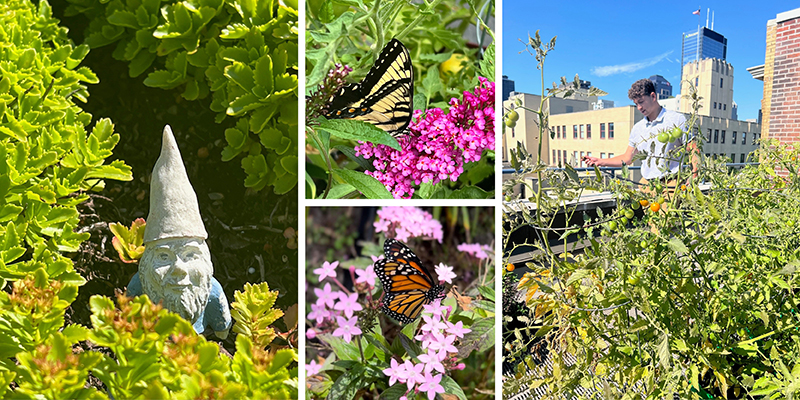
Credit: schmidt-arch.com
Frequently Asked Questions On Rooftop Gardens In Cities
What Are The Benefits Of Rooftop Gardens In Cities?
Rooftop gardens in cities provide environmental benefits such as reducing the urban heat island effect and improving air quality. They also offer social and economic advantages, including creating green space for residents and improving energy efficiency.
How Can Rooftop Gardens Positively Impact The Environment?
Rooftop gardens positively impact the environment by absorbing rainwater, reducing energy consumption, and mitigating air pollution. They also support biodiversity and contribute to urban greening efforts.
What Are The Key Considerations When Designing A Rooftop Garden?
When designing a rooftop garden, factors such as weight limitations, drainage systems, plant selection, and maintenance access are crucial. It’s important to consider structural integrity, water management, and suitable plant species for the local climate.
What Are Some Popular Plants Suitable For Rooftop Gardens In Cities?
Popular plant choices for rooftop gardens include succulents, ornamental grasses, sedums, and native wildflowers. These plants are well-suited to the limited growing conditions of rooftop environments, requiring minimal water and maintenance while providing aesthetic appeal and ecological benefits.
Conclusion
Rooftop gardens in cities offer a sustainable solution for urban areas facing limited green spaces. They provide numerous benefits, including improved air quality, reduced energy costs, and enhanced mental well-being for residents. As cities continue to grow and face the challenges of overcrowding and environmental degradation, rooftop gardens offer a viable option to create a healthier and more livable urban environment.
Embracing this green trend can lead to a greener, cleaner, and more sustainable future for our cities.



